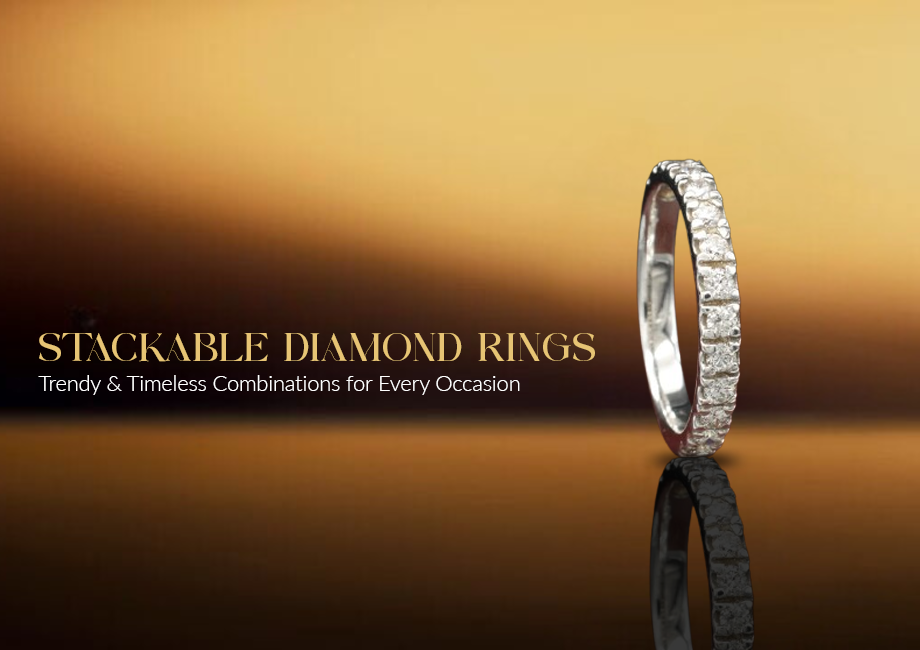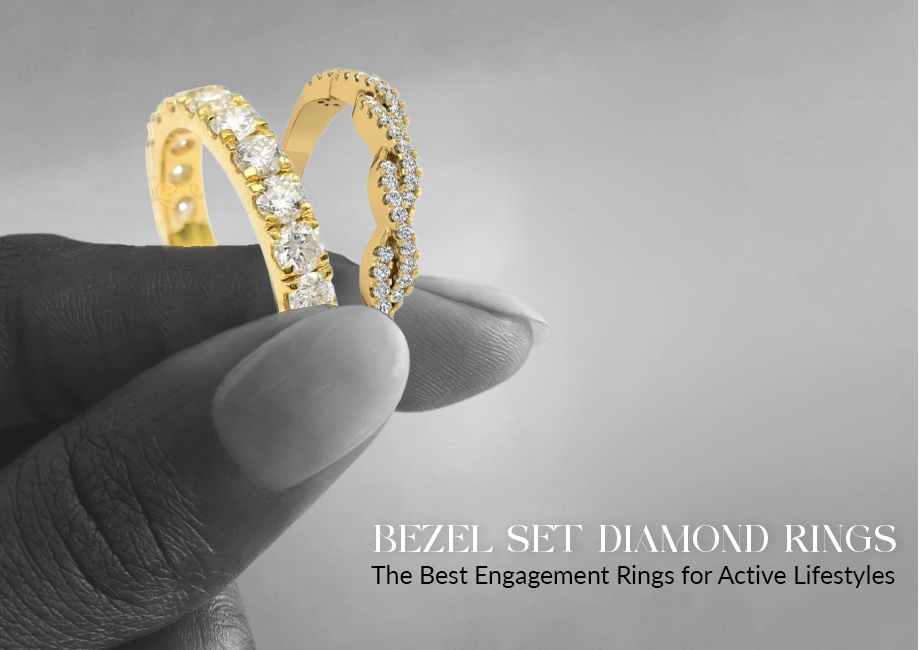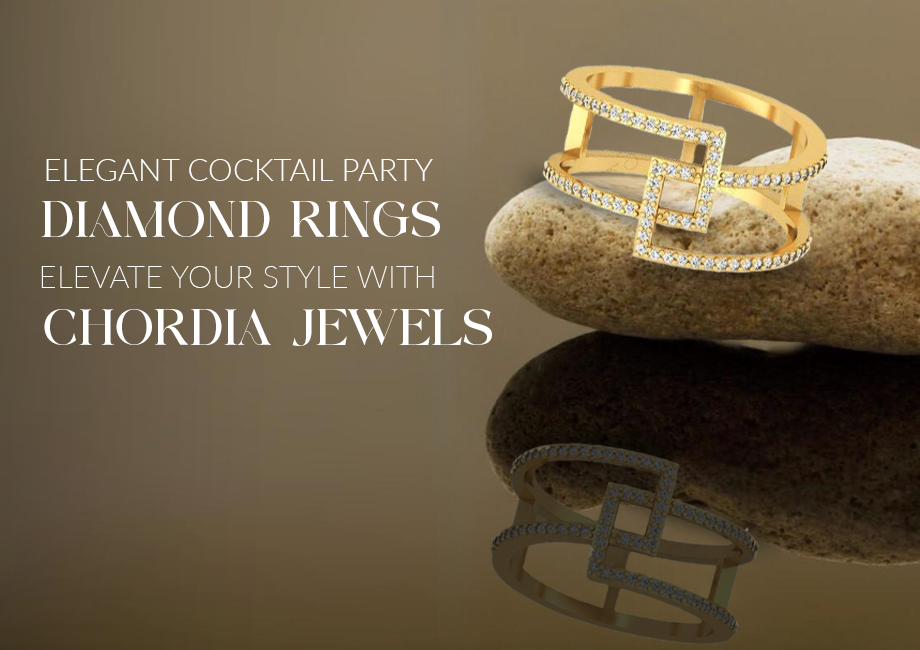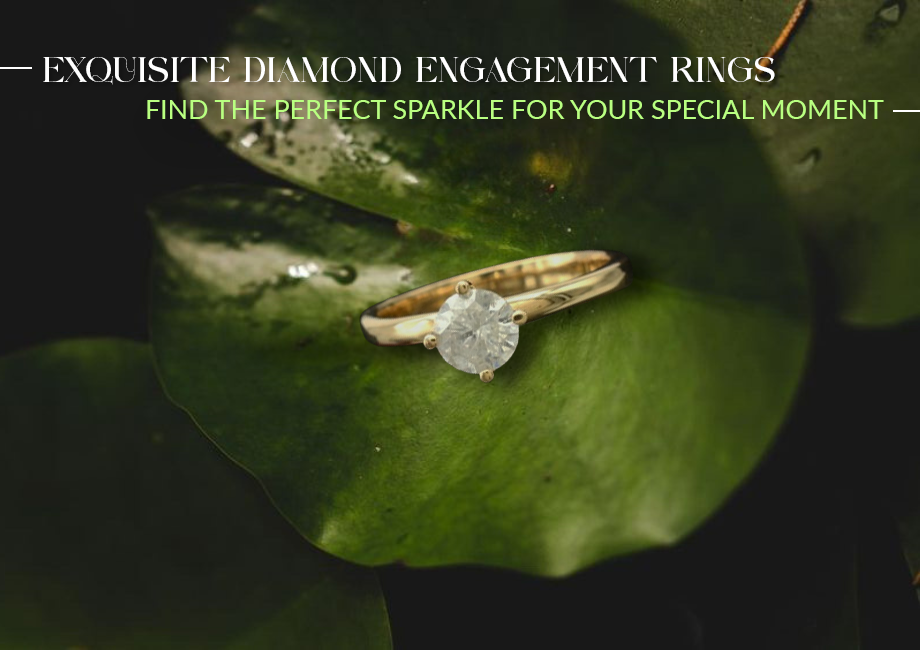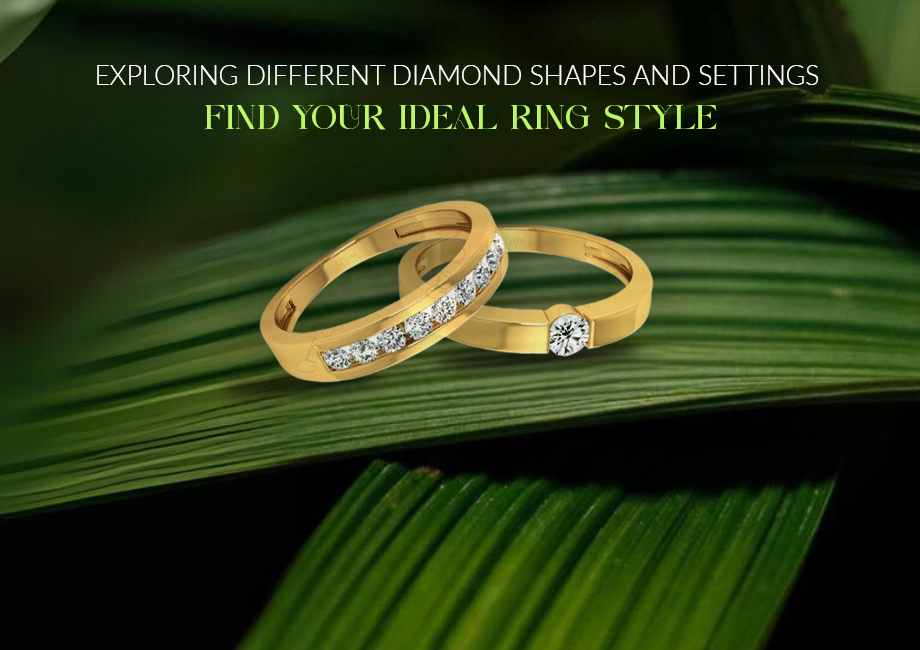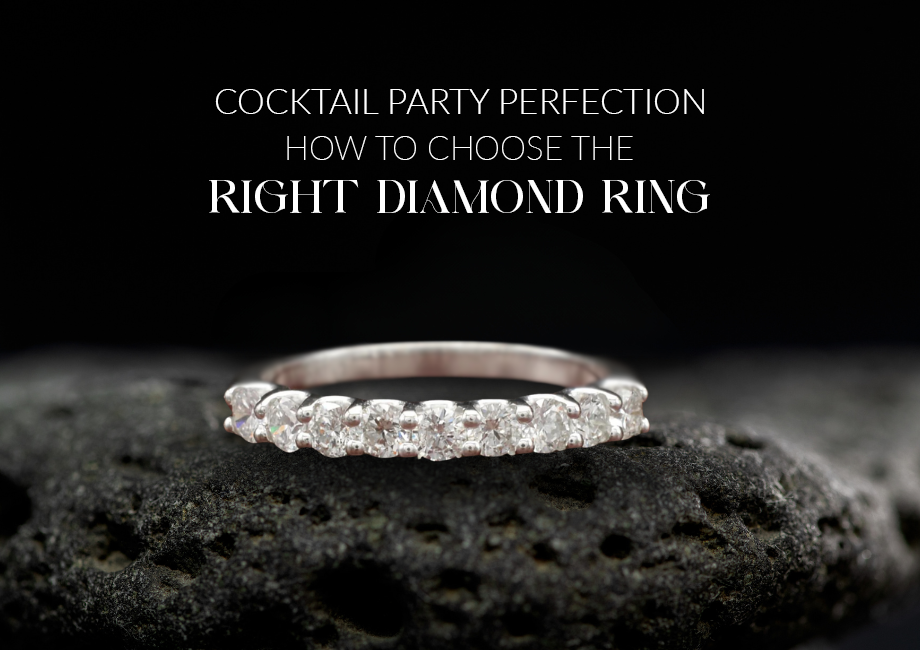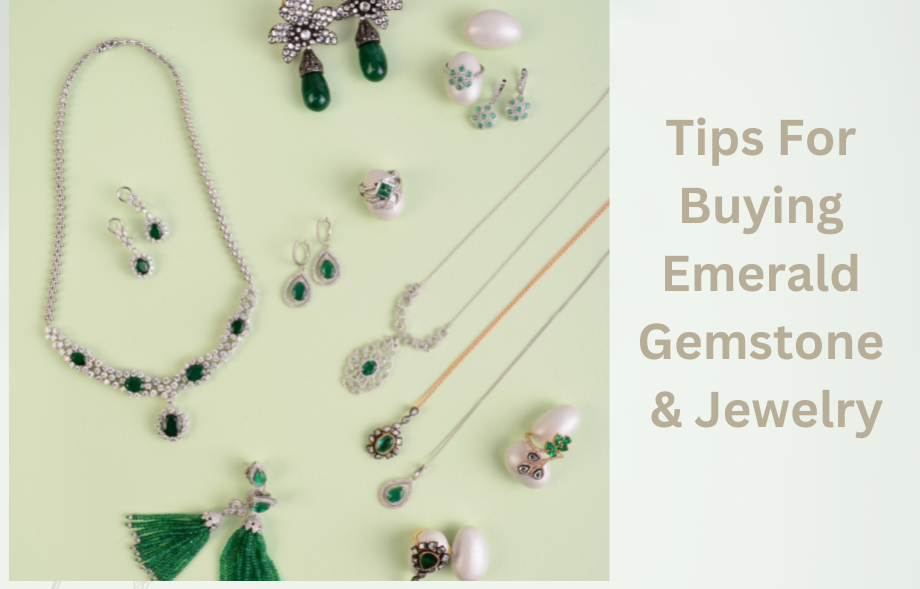
Among precious gemstones, one that stands out majestically is the emerald. The deep green hued beautiful stone is highly popular and at times even more expensive than diamonds. Emerald gemstones have long since been used in jewelry pieces, especially wedding jewelry because of their rich alluring color and uniqueness and are gaining more and more popularity among women. Let’s take a look at the history of the emerald stone, its types and get some tips on buying the best emerald gemstones and jewelry.
While emerald stones are most commonly found in varying shades of green, not all the emeralds have a rich green color. Some emerald stones are light green, some are dark and some are even an usual blue-green or a peacock green. Emeralds gemstones also have a lot of significance attached to them; they are the birthstones of people born in the month of may and represent wealth, achievement, fertility and expansion which is why they are heavily used in wedding jewelry. The word ‘emerald’ comes from a Greek word despite emeralds originating in Egypt instead of Greece. The first emeralds were mined in Egypt and the earliest known use of these mines was around 330 BC. It is widely believed that emeralds were queen Cleopatra's favorite gemstones and she had a wide collection of emerald jewelry. She used them in many jewelry pieces that she created such as emerald rings, emerald earrings and emerald pendants. This gorgeous gemstone used to be associated with a number of urban legends, some of which indicated that it could be used to treat epilepsy or predict the future, among other things. It was also thought that the stone might increase a person's intelligence if they wore it. The Mughal emperors of India were particularly fond of these green hued beauty. Sacred writings were frequently carved into the surfaces of these stones, which were then worn as amulets in other cultures. There is a wide variety of emeralds available these days, each of which is referred to by the name of the nation in which it was first discovered. For example, the mines that produce Colombian emeralds are located in Columbia, but the mines that produce Brazilian variations are located in Brazil. Emeralds that come from their natural environments are consistently ranked among the most costly gemstones in the industry of jewelry. However, not all genuine emeralds come from mining and many of them are the product of human experimentation in labs. These lab grown emeralds are also known as synthetic emeralds, because they share the same chemical structure as well as the same physical characteristics as their natural counterparts. Usually, these man-made variants of the stone are available at significantly lower prices than the ones that are mined. Thanks to the synthetic variation, the captivating charm of this green stone can now be experienced by just about anybody. Another thing about lab grown emerald gemstones is that they may replicate the certain inclusions natural emeralds come with which will make it all the more difficult to tell them apart by the naked eye. The distinction between the two can only be made by a gemologist or a jeweler. Since emeralds are so widely popular and not to mention valuable, it is obvious that there are many fake counterparts of this gemstone available in the market. There are various green colored gemstones available and not all of them are emeralds. In the event that you do not exercise extreme caution, you run the risk of purchasing a peridot or a piece of coloured glass in place of a genuine emerald. Given the cost of these rare and beautiful stones, this might turn out to be a very expensive error. Here’s how you can tell them apart: Finding a piece of jewelry with a high-quality emerald requires a skilled eye. However, there are a few fundamental things to consider while purchasing emerald jewelry. When purchasing this jewelry, you should seek for the 4 Cs, just like you would with diamonds. Color, cut, clarity, and carat are the four Cs. Let's take a brief look at what each of them represents. Color: This gem's color should be anywhere between a pure deep green and tones of blue-green. It should not have any color zones and should have a consistent color tone throughout. Avoid purchasing emeralds with excessive yellow or blue tones. The mineral traces in a stone have the greatest influence on its color. The geographical region from which a stone is extracted also influences its color. Colombian emeralds, for example, are often warmer, whilst Zambian kinds are more bluish. Emeralds are fragile yet hard stones. As a result, when mined, they frequently have cracks. The positioning of these cracks determines the optimum approach to cut a raw stone. Its apparent color can also be influenced by how it is sliced. A deep cut with few facets, for example, might make a light-colored stone look darker. These green gems are shaped using a variety of common cuts such as round, square, princess, teardrop, marquise, and oval. Clarity: It is unusual to come across an emerald with no obvious inclusions. These inclusions normally have little effect on the gem's value. They may, however, diminish the value if they impact the opacity of the stone. Carat: Emeralds are available in a variety of carat weights. The greater the carat value, the more valuable the stone. Some cuts, such as the marquise cut, can make a little stone look larger than it is. So, if you want to get the most bang for your buck, search for jewelry with marquise-cut stones.
History of emeralds
Types of emeralds
How to tell between fake and real emeralds?
Tips for choosing the best emerald gemstone jewelry


